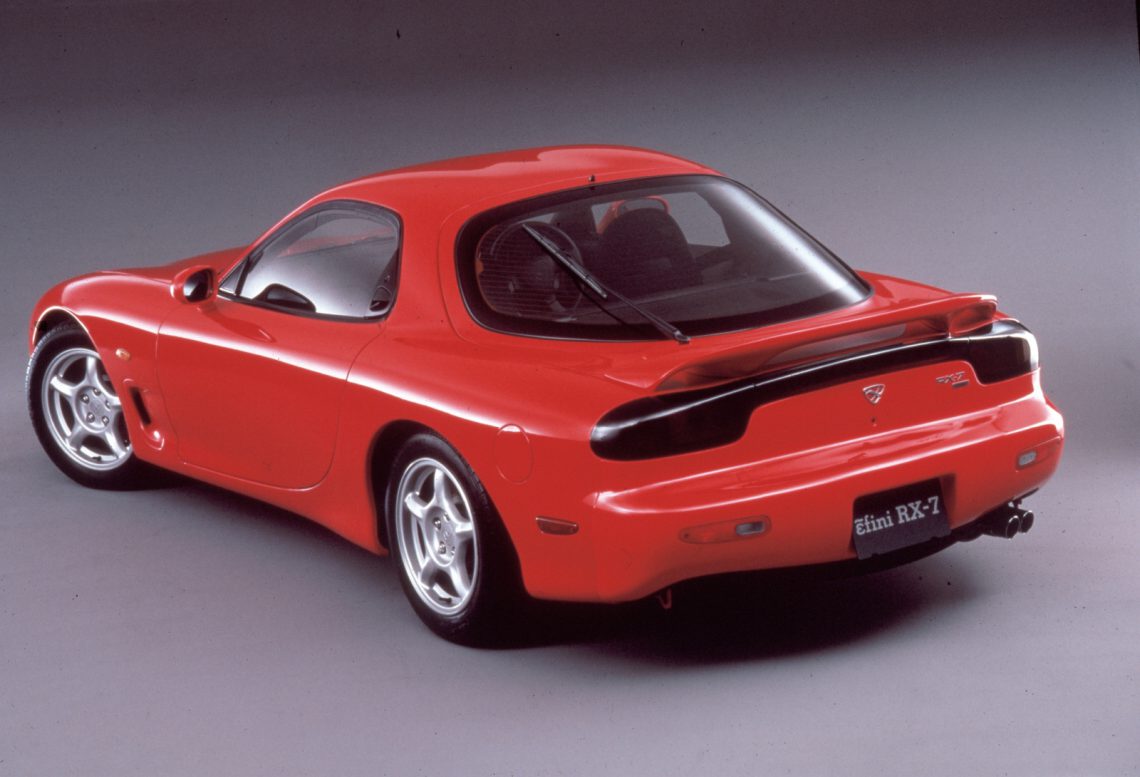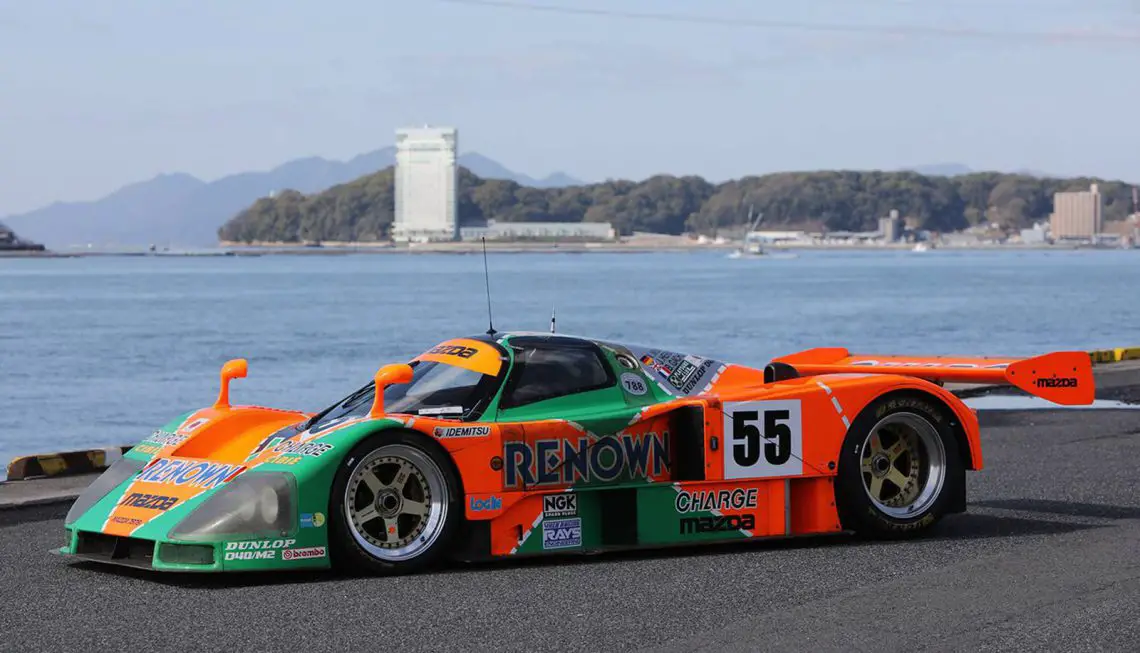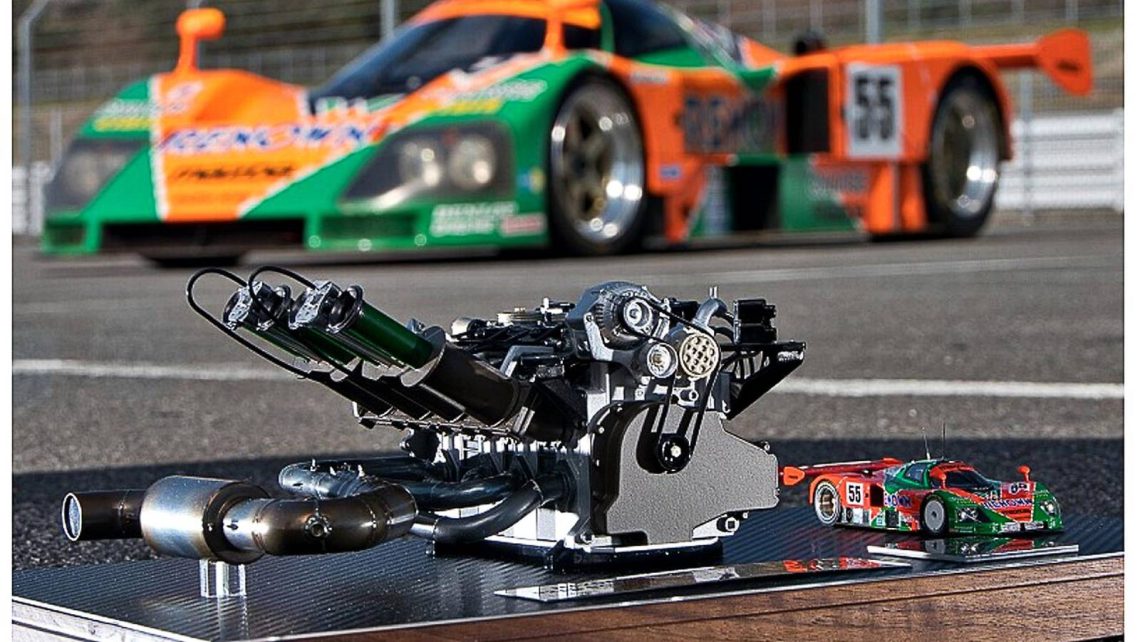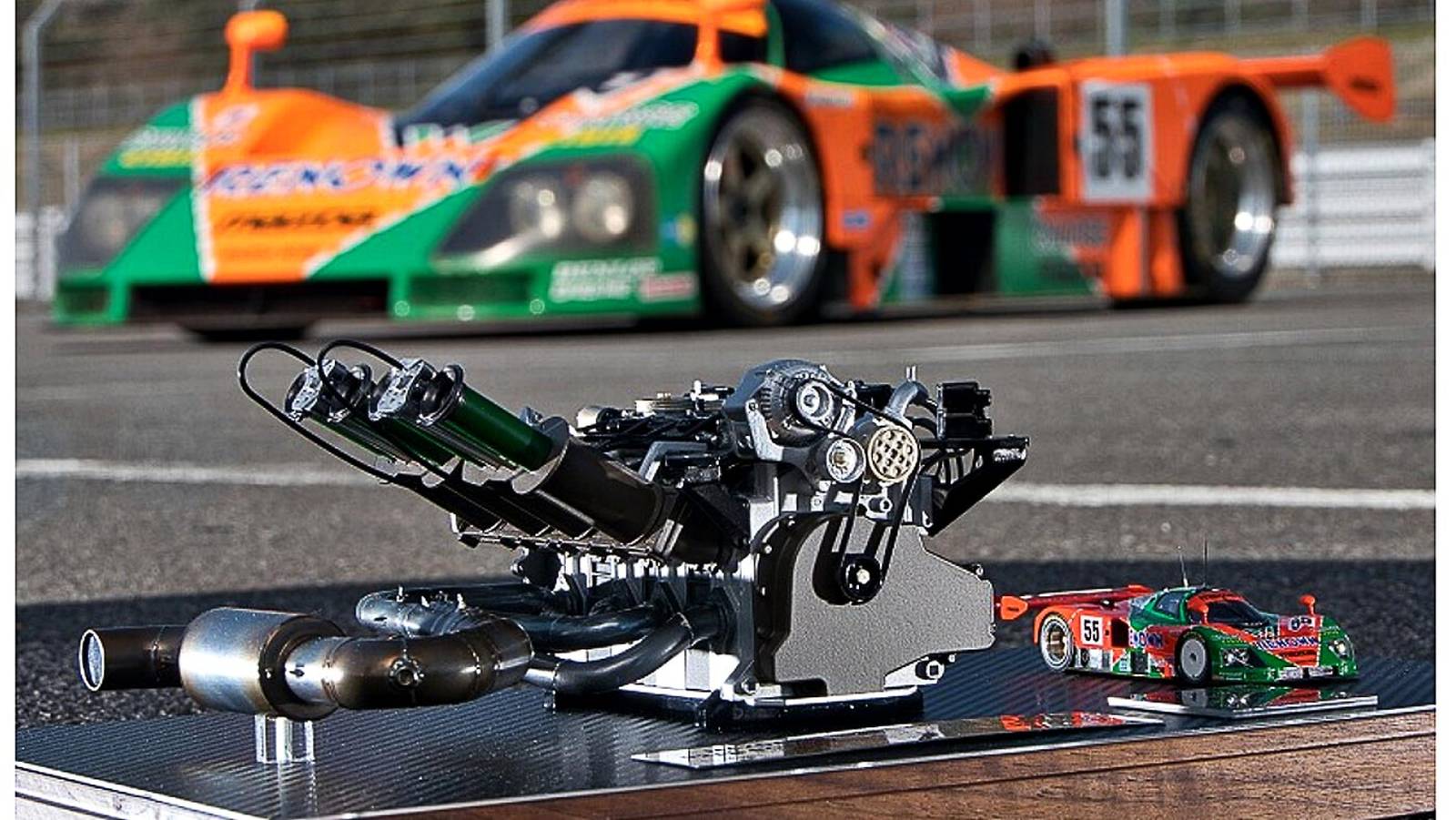Why the wankel engine was banned from the 24 Hours of Le Mans
MX-30 R-EV
The wankel engine is back! Of course, it is Mazda that is reviving the rotary engine. We are talking about the all-new Mazda MX-30 R-EV, which will be launched in 2023. In this particular electric car, a wankel engine provides power. So in fact, it is not an all-electric car, but a plug-in hybrid. You can also charge it via a plug namely. Here you can read all about this special MX-30 R-EV.

Mazda RX-7
The MX-30 R-EV is yet another model from Mazda with a rotary engine. One of the best-known Mazda cars with a wankel engine is, of course, the Mazda RX-7. At the front of the third-generation RX-7 is a double-blown wankel engine with a capacity of only 1.3-liter. Not too bad, right? None of that. The high-revving powerplant is so powerful that the car is electronically limited to 250 km/h!

Mazda 787B
Mazda’s most famous race car with a wankel engine is the Mazda 787B. The 787B won the 1991 24 Hours of Le Mans, driven by Johnny Herbert, Volker Weidler and Bertrand Gachot. It was the first victory by a Japanese manufacturer and the only one, until Toyota won the 2018 24 Hours of Le Mans. To this day, it is the only car with a wankel engine to ever win the race.

Full
During the race, Mazda’s team manager instructed the drivers to go flat out, as he had seen during testing how reliable and economical the 787B was. Right, you read that right. The wankel engine was more economical than the traditional internal combustion engines of the competition. Whereas a wankel engine is known precisely for its great thirst. However, a wankel engine is reasonably efficient at full load. During a race, that is. Consumption increases relatively significantly when they have little work to do. Therefore, the engines are not ideal for consumer cars.

Flat-out
In the early stages of the race, this flat-out strategy paid off, as the bright orange and green No. 55 advanced to third place. The Mazda then quickly moved into the lead after a Mercedes made a pit stop with gearbox problems and another Mercedes – which was leading the race – slowed down to conserve its fuel. The Mazda was reliable AND economical, and so could stay full on the gas. Thus, the 787B became the first Japanese car and the only rotary-engine car to win the 24 Hours of Le Mans.

Forbidden
According to myth, the car was so fast and reliable that the following year the organization banned the use of the wankel engine. However, this is not correct. The 787B was a wonderful piece of engineering on wheels, but not the reason for the ban. Rotary engines were banned as cars began to share engine regulations with Formula One beginning in 1992. That meant an atmospheric 3.5-liter internal combustion engine with traditional pistons.
Rotary pistons
Actually, these regulations were supposed to go into effect as early as 1991. Because many teams did not have their engines in order at that time, the rule changes were pushed back to 1992. As a result, the wankel engine – which uses rotary pistons – was no longer welcome as of 1992. Only from 2019 will the wankel engine be allowed again at the 24 Hours of Le Mans. You can see and hear how the Mazda 787B sounds in the video below. We’ll give it away now: delicious!

